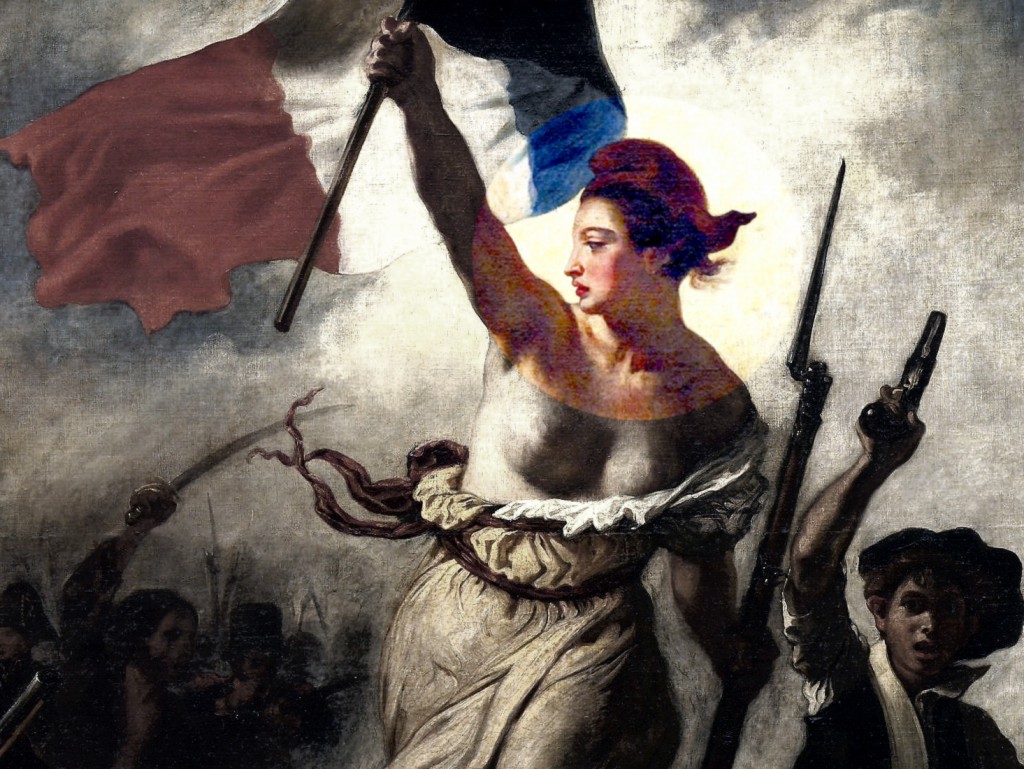The United States have Uncle Sam, the UK John Bull, Australia Boxing Kangaroo and France the attractive Marianne. Present everywhere in the country, Marianne and the French Republic have been tied up since the French Revolution. The female figure is an allegory of liberty and reason and a representation of the Goddess of Liberty. Marianne is seen on the official government logo, on French euro coins and on French postage stamps.
The origins of Marianne
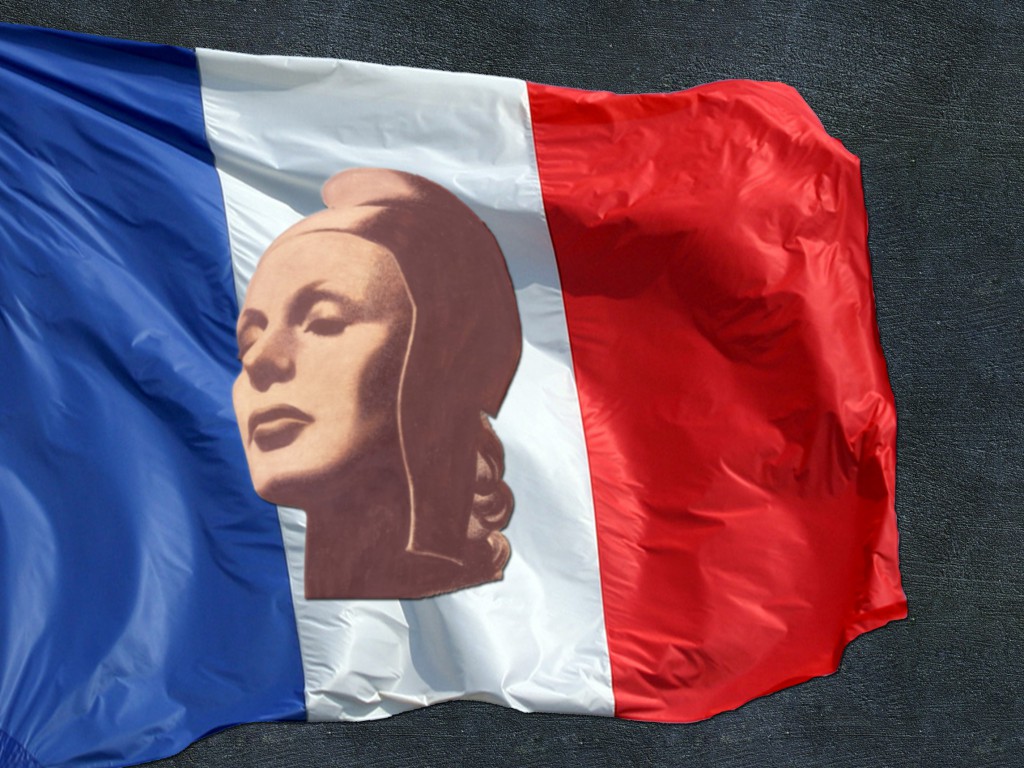
The true story behind the name of Marianne is uncertain. The two names of Marie and Anne were very common during the 18th century, particularly in rural France and in the working class. Marianne is the amalgam of the names of Jesus’ mother (Marie) and grandmother (Anne).
A revolutionary song composed in the village of Puylaurens near Albi was entitled La Garisou de Marianno – the healing of Marianne. The song presumably dating from 1792, and composed by Guillaume Lavabre, a poet and a shoemaker, was the first to mention ‘Marianne’ as a symbol of the new Republic.
According to another version the first Marianne would have been modelled on Jean-François Reubell’s wife. On his visit in their home in Colmar, Alsace, French politician Paul Barras would have said of Mrs Reubell: “Votre prénom sied à la République autant qu’il sied à vous-même” (Your name befits the Republic just as much as it does yourself).
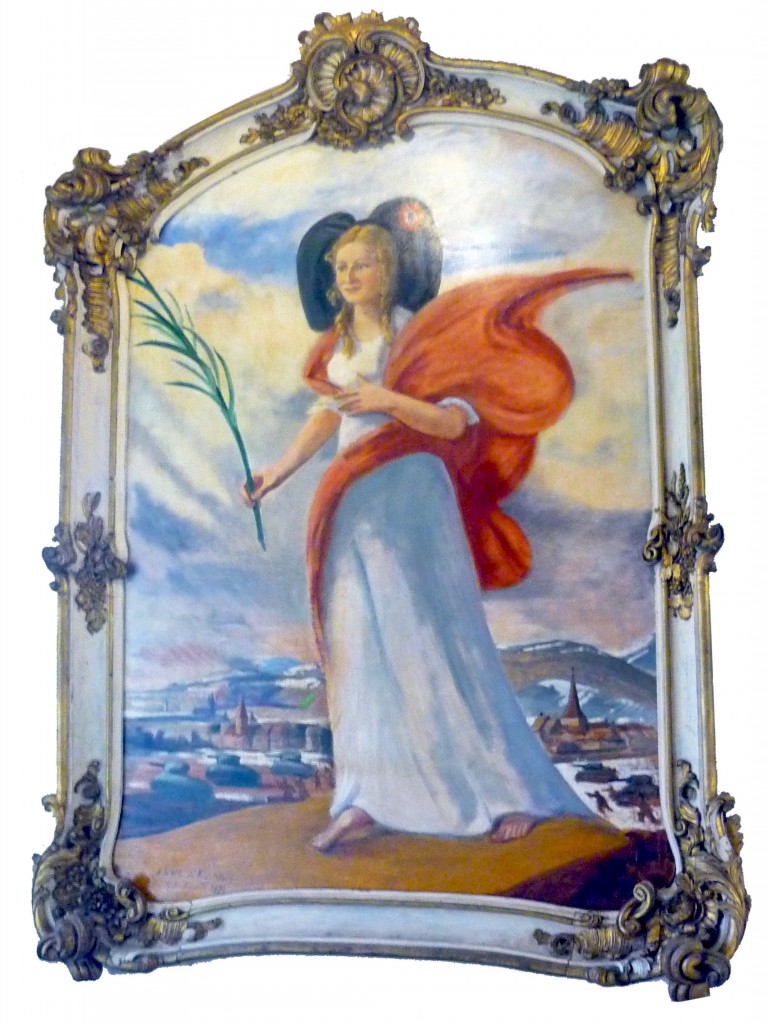
Marianne and Liberty
During the French Revolution, the Republic was personified by two female figures: Liberty and Marianne.
Marianne is usually depicted as a beautiful young maiden and often leans on a fasces (a symbol of authority). She traditionally wears a red Phrygian cap (also named Liberty cap) ornate with a tricolour cockade (symbol of Freedom). The Phrygian cap refers to the pileus, the cap worn by emancipated slaves of Ancient Rome. In the 19th century, the Phrygian cap was thought to be too revolutionary and Marianne was sometimes crowned with a laurel wreath. However, on a few occasions, Marianne has been represented as an angry warrior-like in François Rude’s sculptural group at Paris’ Arc de Triomphe.

Liberty is seen as more matronly and more modestly attired. As depicted in the Great Seal of France or in Bartholdi’s Statue of Liberty, Liberty wears a crown with arches.

Delacroix’ s famous representation of Liberty showing her décolleté and wearing a Phrygian cap resembles Marianne.

The symbolic attributes of Marianne
Marianne is the embodiment of the French Republic and was given various attributes that carry strong symbolic features borrowed from the Ancient Times and the Freemasonry.
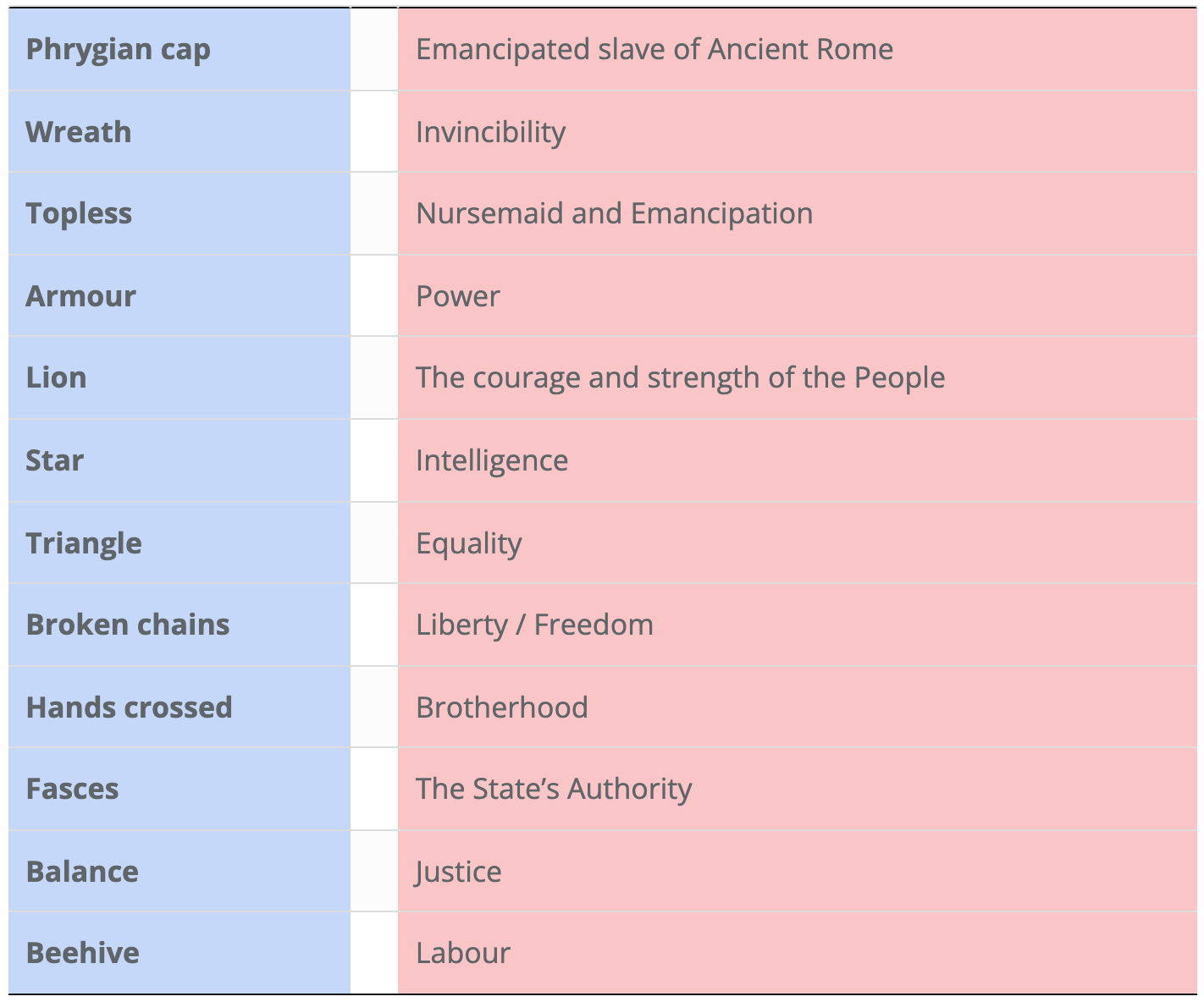
Marianne and the Great Seal of France
Marianne appeared in 1792 on a new seal of the state decided by the National Convention.
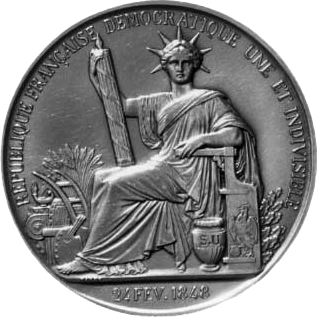
The official busts of Marianne
During the Third Republic (1871-1940) every town hall in France acquired the official bust of Marianne. Since the end of World War Two, renowned sculptors have been commissioned by the State with the designing of new busts, using famous women of France as models.
Marianne took on the features of famous women: Brigitte Bardot (1968), Michèle Morgan (1972), Mireille Mathieu (1978), Catherine Deneuve (1985), Inès de La Fressange (1989), Laetitia Casta (2000), Sophie Marceau (2012)…
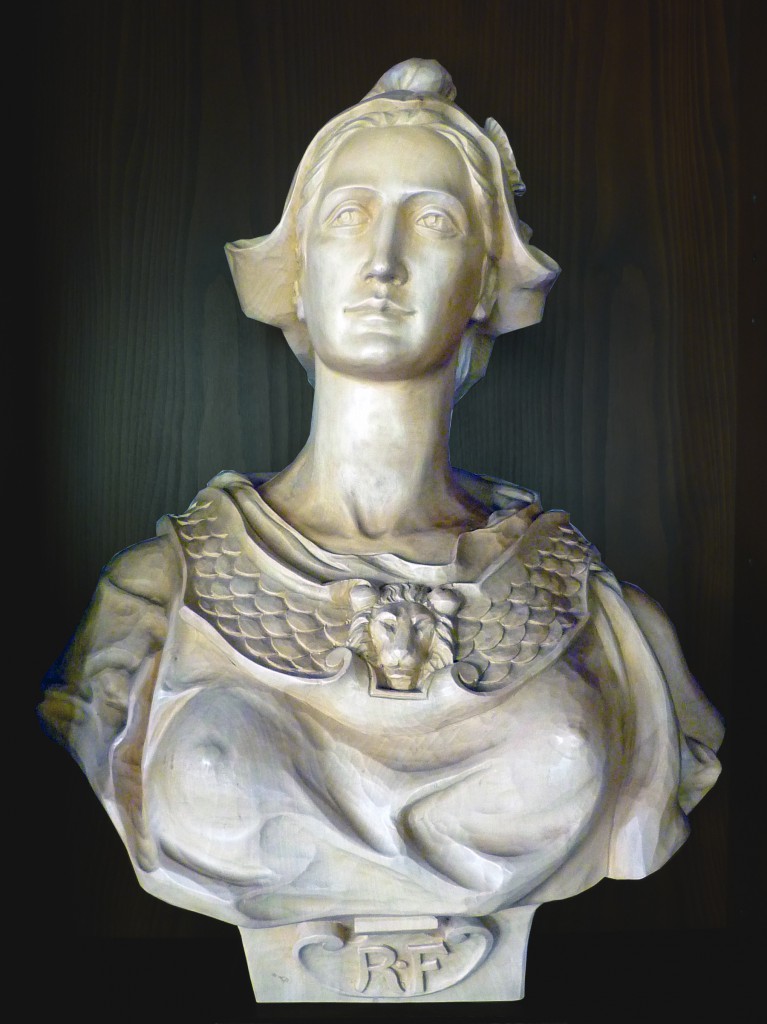
Marianne on the French Government Logo
In 1999 three national symbols of France were combined in a new logo: the Tricolour, the motto and Marianne. The federating identifier is used by the government and its ministries, the préfectures, embassies…

Representations of Marianne in stamps
Marianne appears on a great number of French post stamps.
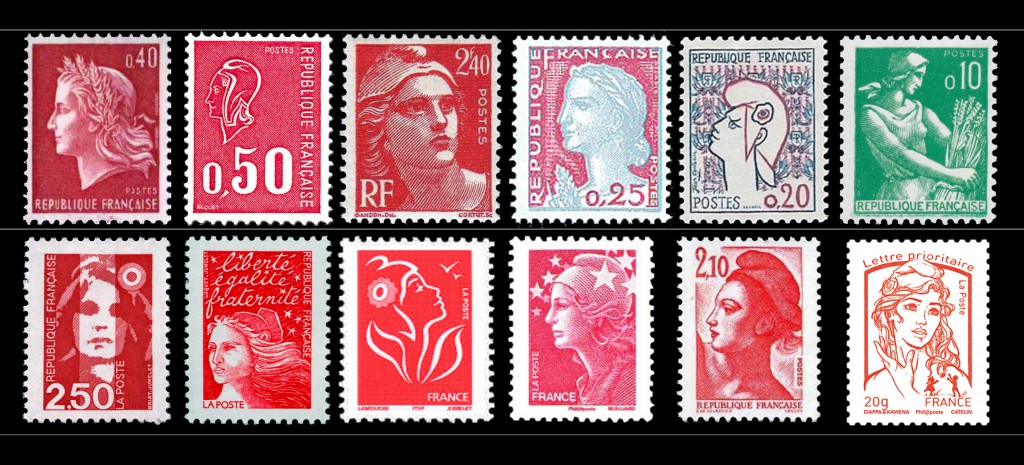
Representations of Marianne in coins
Marianne is featured on the French euro-cent coins. (top)
She also appeared on the late French franc coins. (bottom)
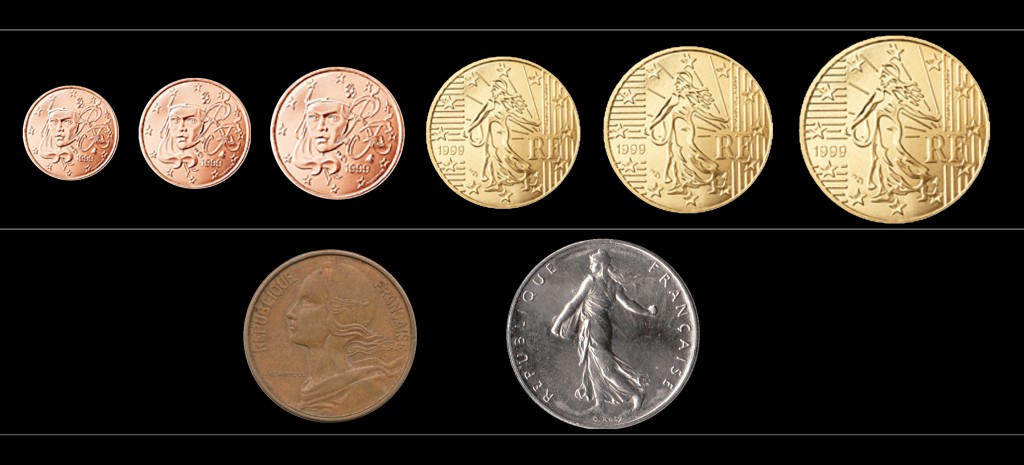
Monuments featuring Marianne
Marianne is portrayed on famous monuments, two of them are found in Paris’ squares: Place de la République (statue by Léopold Morice) and Place de la Nation (statue by Jules Dalou).
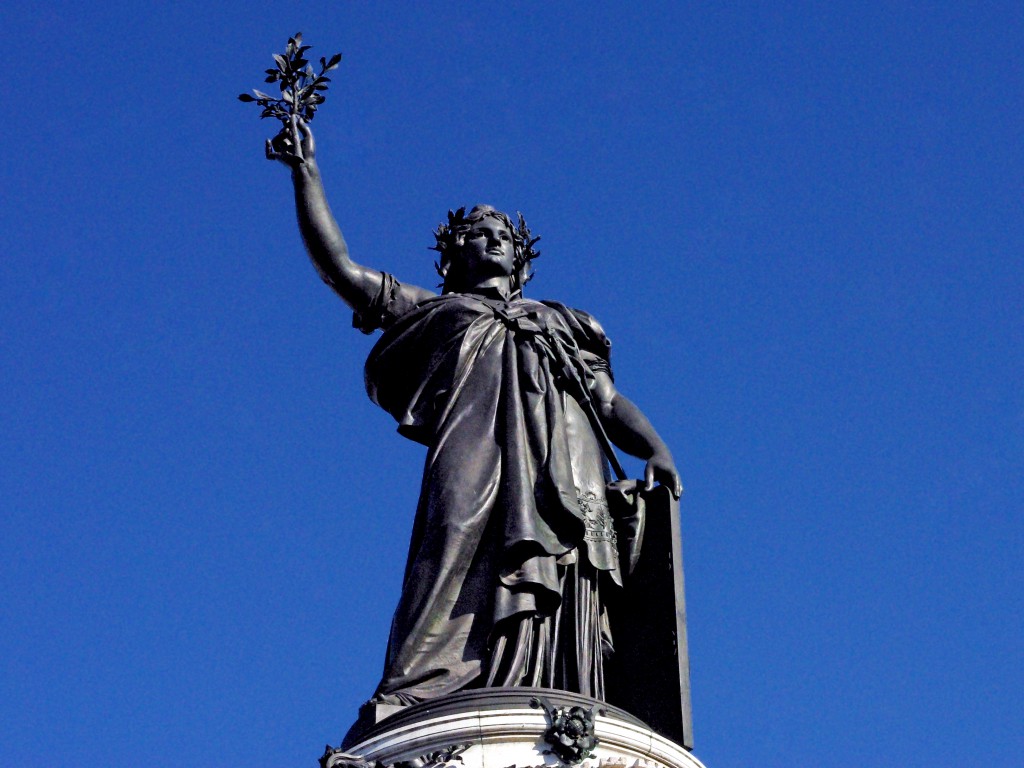
Song about Marianne
In 1972 French singer Michel Delpech recorded a popular song entitled ‘Que Marianne était jolie‘ (Marianne was so beautiful) which directly referred to the allegoric figure of Marianne.

